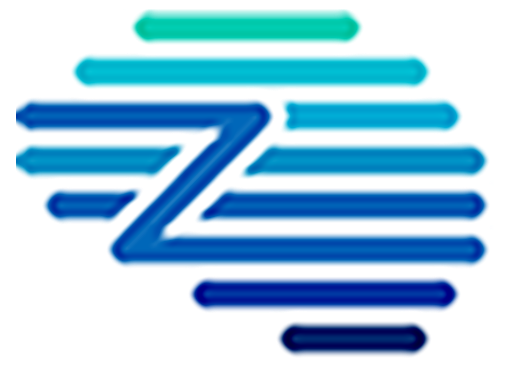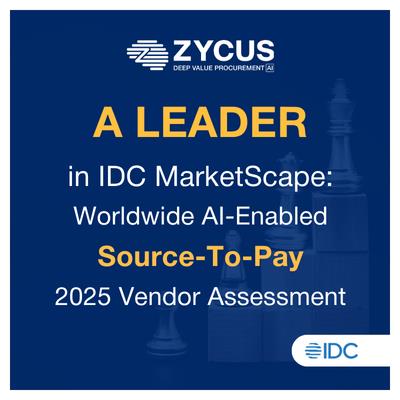TL;DR
- Procurement orchestration in emerging markets helps overcome fragmented tools and manual processes.
- It unifies intake, sourcing, contracting, AP, and reporting into one seamless flow.
- Lean teams gain efficiency, compliance, and real-time visibility without enterprise-level complexity.
- Orchestration enables scalability and reduces operational risk for growing companies.
- AI enhances orchestration with smart routing, risk alerts, and spend forecasting.
Why Procurement Orchestration in Emerging Markets Solves Process Silos
Mid-market enterprises typically grow procurement tech step by step — a sourcing tool here, an AP module there, with spreadsheets filling the gaps. The result is fragmentation: teams waste time reconciling data, CFOs lack real-time visibility, and employees bypass systems altogether.
Unlike large enterprises with resources to manage silos, mid-market companies cannot afford inefficiencies. For them, process orchestration is not a luxury — it is the difference between scalable growth and operational chaos.
Procurement Orchestration in Emerging Markets: What It Really Means
Procurement process orchestration is the coordinated management of the entire source-to-pay cycle.
- Intake: Requests captured in a single channel.
- Sourcing: RFPs automated and supplier data centralized.
- Contracting: Terms enforced through CLM.
- Purchasing and AP: Approvals automated and invoices validated.
- Analytics: Data flowing continuously into dashboards.
Read more: What Is Source-to-Pay (S2P)? A Complete Guide for Mid-Market Companies
Key Benefits of Procurement Orchestration in Emerging Markets
Process orchestration solves the unique challenges of mid-market procurement:
- Efficiency: Reduces duplicate work and speeds up approvals.
- Compliance: Ensures policies are followed without extra effort.
- Visibility: Provides CFOs with real-time budget tracking.
- Scalability: Enables small teams to handle larger volumes.
Read more: Eliminating Ghost Invoices and Payment Errors Through AP Automation
Building Procurement Orchestration in Emerging Markets Step by Step
Mid-market firms should approach orchestration in phases, avoiding costly all-at-once deployments.
- Standardize intake: Capture all requests in one platform.
- Automate approvals: Remove bottlenecks in purchasing.
- Integrate contracts: Connect CLM to sourcing and AP.
- Add analytics: Use dashboards to link procurement KPIs to finance.
Read more: Six Must-Have Procurement Reports and How to Build Them
How AI Powers Procurement Orchestration in Emerging Markets
AI enhances orchestration by adding intelligence across workflows.
- Smart routing: Directs requests based on spend thresholds.
- Predictive risk alerts: Flags suppliers likely to cause disruption.
- Forecasting: Anticipates spend and links it to budgets.
Read more: Predictive Spend Forecasting: Using Machine Learning to Anticipate Costs
Conclusion
For mid-market companies, procurement process orchestration is the key to scaling without adding complexity. By connecting intake, sourcing, contracting, AP, and analytics, lean teams gain the efficiency and visibility they need to support growth.
Ready to see how Zycus helps mid-market companies orchestrate procurement end to end? Book a demo.
FAQs
Q1. What is procurement orchestration in emerging markets?
Procurement orchestration in emerging markets is the unification of all procurement workflows — from intake and sourcing to contracting, accounts payable, and analytics — into one seamless system.
Q2. Why is procurement orchestration important for emerging market companies?
It helps companies in emerging markets overcome siloed tools and manual processes, improving efficiency, compliance, visibility, and scalability.
Q3. How can mid-sized firms implement procurement orchestration in emerging markets?
They should start small: standardize intake, automate approvals, connect contracts with AP, and then add analytics for real-time insights.
Q4. What role does AI play in procurement orchestration in emerging markets?
AI enhances procurement orchestration by enabling smart request routing, predictive risk alerts, supplier insights, and spend forecasting.
Q5. What are the benefits of procurement orchestration in emerging markets compared to traditional procurement?
Compared to manual or siloed systems, orchestration reduces duplicate work, ensures compliance, provides real-time budget visibility, and supports growth with lean teams.
Related Reads:
- Negotiation in Mid-Market Procurement: Blending Human Skills with AI Metrics
- The Adoption Deficit: Solving the Procurement Change Challenge in Emerging Enterprises
- Building Resilient Supply Chains: Risk-Mitigation Strategies for High-Growth Companies
- AP Automation for Emerging Enterprises: Stop Ghost Invoices and Hidden AP Errors
- Supplier Enablement for Mid-Market Enterprises: Building Stronger Partnerships
- Real-Time Budget Visibility: Tools and Techniques for Emerging Enterprises
- The Ultimate Guide to Accounts Payable Software for Emerging Enterprises
- From Chaos to Control: Fixing Vendor Master Data and Rogue Spend with AI
- Strategic Procurement Priorities for 2026: A Mid-Market Survival Guide
- Procurement Analytics for Mid-Market Teams: Turning Data into Action

































































